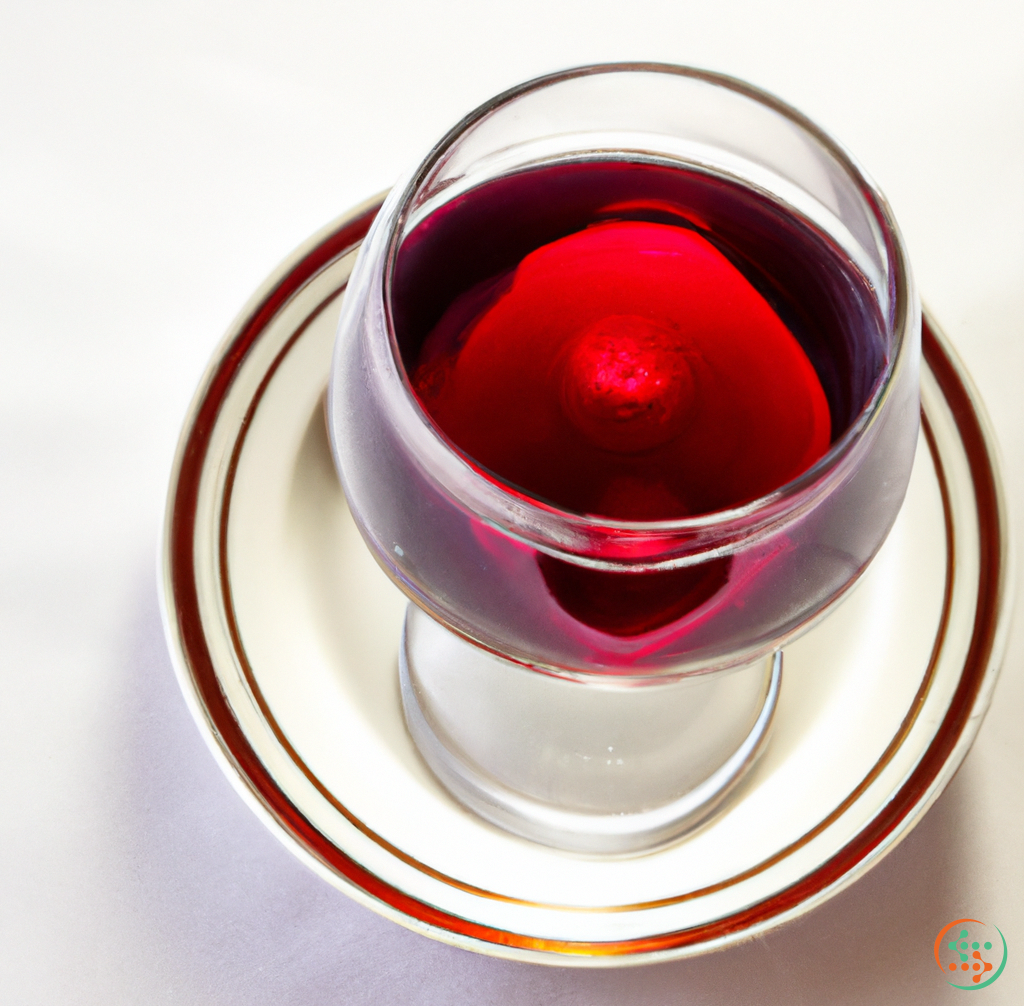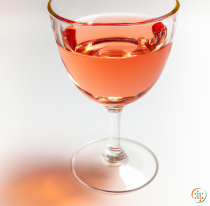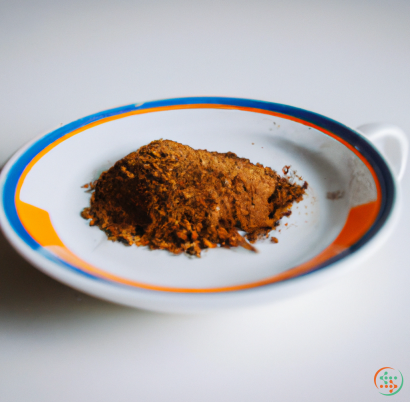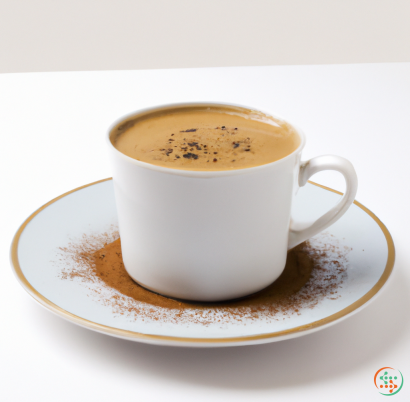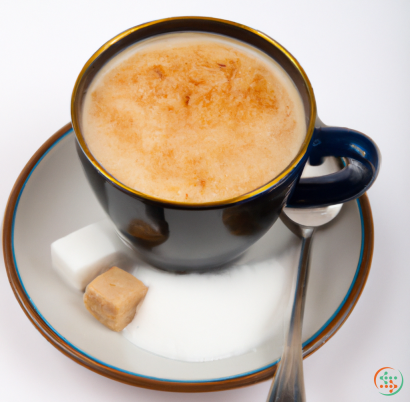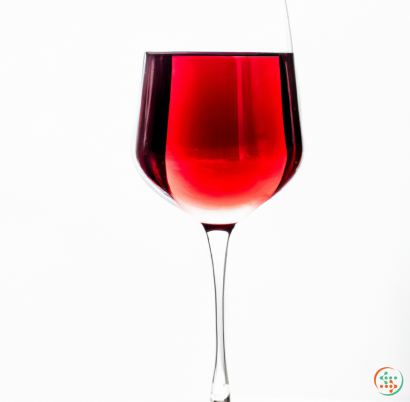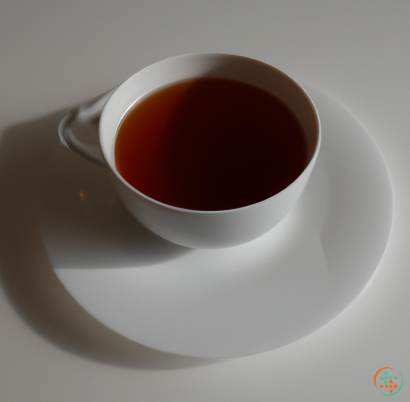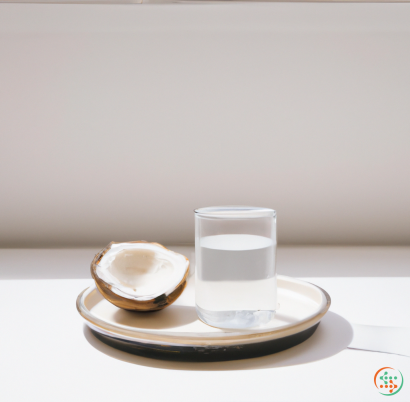Red Table Wine
Red table wine is one of the most popular types of wines in the world. This type of wine is usually made from at least one dark-skinned grape variety and is typically enjoyed with food or as a standalone beverage. Red table wines come in a variety of styles and can offer a variety of flavor and aroma profiles, ranging from light and fruity to deeply complex and bold. In order to understand red table wine better, it is important to consider what makes a red table wine different from any other kind of red wine.
The most important thing to consider when discussing red table wine is the grape variety used to make it. Generally, red table wines are made from dark-skinned grapes or a blend of different types of dark-skinned grapes. While some winemakers might use a single type of grape, it is more common for these wines to be blended with other varieties to add interest and complexity to the wine. The types of grapes that are commonly used to produce red table wines include Cabernet Sauvignon, Merlot, Pinot Noir, Syrah, and Zinfandel.
In addition to the grapes used to create red table wines, the winemaking process has a huge influence on the characteristics of the wine. The most essential components of the winemaking process that affects the taste of red table wine are fermentation, barrel aging, and ultimately bottling.
The fermentation process is when yeast is added to the grape juice in order to turn the natural sugars in the grapes into alcohol. During fermentation, different yeast strains can be used in order to bring out a variety of flavors in the wine. Different yeasts will create different flavor notes such as fermented fruit, spices, minerals, and even cheese-like aromas. Additionally, oak barrel aging is an important part of the winemaking process. Barrel aging usually helps the wine become more well rounded and can add an additional richness, texture, and tannic structure to the wine.
Once the winemaking process is finished, the red table wine is ready to be bottled and enjoyed. Red table wines have become extremely popular over the past few decades due to their ability to pair well with many different types of dishes. No matter the occasion, red table wines can offer a versatile and flavorful option that is sure to please.
When it comes to choosing a red table wine, it is important to understand the various attributes of the wine that might appeal to you. Generally, wines tend to be categorized by body, tannins, fruit, acidity, and sweetness. Body refers to how full or light the wine is on your palate. Tannins are the compounds that give the wine its structure and can be described as having a somewhat astringent or biter quality. Meanwhile, fruitiness can be detected in the scent and flavor of the wine and can range from floral notes to dark berries. Acidity is part of what gives the wine its desired balance while the sweetness has to do with how much residual sugar is in the wine.
When looking for the perfect red table wine, it can be helpful to look for some of these characteristics in order to find the right wine for your palate and the meal that you plan to serve. There is a wide variety of red table wines available, ranging from light bodied and fruity to complex and bold. As you become familiar with the different styles of red table wine, you will be able to find a wine that will pair perfectly with any course you serve.
The Journey from Farm to Fork: How Red Table Wine Travels from the Vineyard to Your Dinner Plate
As a drink consumed around the world, wine is perhaps one of the most beloved forms of alcoholic hospitality, but it is rarely appreciated for the efforts and intricacies necessary for it to reach a dinner plate. Wine begins from a journey that starts with careful planning and a dedication to quality in the vineyard and moves through a complex process of winemaking before it ultimately reaches the dinner table.
Vineyard Management and Harvesting
The journey of red wine begins in the vineyard with grower’s selection of the appropriate grape variety and soil composition to nurture the vines. During the next step, the grower needs to carefully plan and prepare the vineyard so that it can yield quality fruit. The soil is analyzed, and the necessary amendments are added, while the amount of fertilizer and irrigation is managed with precision. The fertilization and irrigation processes will vary depending on the characteristics of the soil and the climate; they are closely monitored with special equipment and based on the grower’s experience and knowledge.
Once the vineyard is properly prepared to support the vines, the grower needs to prune the vines and clean and disinfect the vineyards. The vigor of the vines can be reduced or enhanced and specific characters can be expressed or hindered during this step. Once the vines are established, the grower is dedicated to closely monitoring the weather and the progress of the vines and adjusting their growing environment accordingly.
When the grower determines that the fruit is ready to be harvested, it is handpicked into 20-liter buckets and immediately brought to the winery. The harvesting process is an art form in itself, as the growers must select and harvest the grape clusters at their peak of maturity to ensure that their wine will be of the highest quality.
Winemaking
Once the grapes arrive at the winery, the winemaker will choose the winemaking techniques necessary to express the variety’s character and to meet the style desired. The winemaker will select whether to use fermentation vessels such as stainless steel, concrete, or oak, as well as the type of oak aging, and the length of time the wine will remain in each type of vessel.
The grapes will first go through a process of destemming and crushing, where the stems are removed from the grapes and the grapes are pulverized to release the juice. The liquid and solid portions are then separated by a process of pressing, and the juice is allowed to settle before it is transferred to a fermentation vessel.
During the fermentation process, yeast is added to the grape juice to convert the material’s sugar into alcohol and this is allowed to occur over a period of days in either a temperature-controlled or ambient environment. As the yeast ferments the sugars in the juice, the alcoholic strength increases and the winemaker needs to monitor and adjust the fermentation vessel.
Finally, the fermenting juice must go through a fining and filtering process in which the particles are removed from the liquid to ensure its clarity and an ideal flavor profile.
Not all red wines value the same type of oak aging and surface treatments such as solid, or cryo-extraction and micro-oxygenation. These treatments vary based on the style of the wine and the type of vintage, and the techniques used determine the length of aging and the final flavor profile of the wine.
Bottling and Maturing
The winemaker will decide when the desired flavor profile has been achieved and the wine is ready for bottling. The bottles are filled with the finished wine, and a closure of a cork is added to allow just enough gas exchange with the outside environment.
Once the bottles are filled, they are securely packed and the wines are sent to the importer or distributor. At this point, the wine is ready to be distributed and enjoyed, but some winemakers prefer to allow their wines to mature further in bottle. For red wines, this aging in bottle lasts anywhere from a few months to a few decades and takes place in cellars where temperatures and levels of humidity are carefully monitored.
As the wine changes in bottle, the taste and character evolve in a gradual and harmonic transition until the winemaker determines that the wine has reached its peak maturity and is ready to be consumed.
Serving
Red wines, once opened, must be served at the correct temperature and in the correct glassware. Serving the wine too cold will mask the fruit's aroma and its structure, while serving it too warm can make it seem light and unbalanced. When selecting which glassware to serve red wine in, it is important to consider the size and shape of the glass as well as the material from which it is made.
For best results, the concept of shape and size should be considered; the larger the glass is in comparison to the wine, the better its flavor will be revealed. Additionally, glassware made of thin and clear glass allows the aroma of the wine to be more apparent when served.
Finally, the red wine must be served at the proper temperature, typically between 64-68°F (18-20°C). Some red wines may require slightly warmer temperatures, and others slightly cooler, so it is important to be informed and informed of the wine’s features.
Conclusion
The journey to the dinner table is a complex one for red wines and requires experienced and skilled growers and winemakers dedicated to producing the highest quality beverage. From the careful planning and preparation of the vineyard to the precise techniques used in the winery, to the preservation and maturation of the finished product and the proper glassware and temperature at which to serve it, there are plethora of steps necessary for a good quality red wine to find its way to the dinner table.
| Beta-Carotene | 0.001 mg | |
| Vitamin K | 0.4 ug | |
| Vitamin B1 | 0.01 mg | |
| Vitamin B2 | 0.03 mg | |
| Vitamin B3 | 0.22 mg | |
| Vitamin B4 | 0.0057 grams | |
| Vitamin B5 | 0.03 mg | |
| Vitamin B6 | 0.06 mg | |
| Vitamin B9 | 0.001 mg |
| Calcium | 0.008 grams |
Daily Value 1.3 g
|
| Iron | 0.46 mg |
Daily Value 0.018 g
|
| Magnesium | 0.012 grams |
Daily Value 0.4 g
|
| Phosphorus | 0.023 grams |
Daily Value 1.25 g
|
| Potassium | 0.127 grams |
Daily Value 4.7 g
|
| Sodium | 0.004 grams |
Daily Value 2.3 g
|
| Zinc | 0.14 mg |
Daily Value 0.011 g
|
| Copper | 0.01 mg |
Daily Value 0.9 mg
|
| Manganese | 0.13 mg |
Daily Value 0.0023 g
|
| Selenium | 0.2 ug |
Daily Value 0.055 mg
|
| Fluoride | 0.1046 mg |
Daily Value 0.004 mg
|
| Total Sugars | 0.6 grams |
per 100g
|
